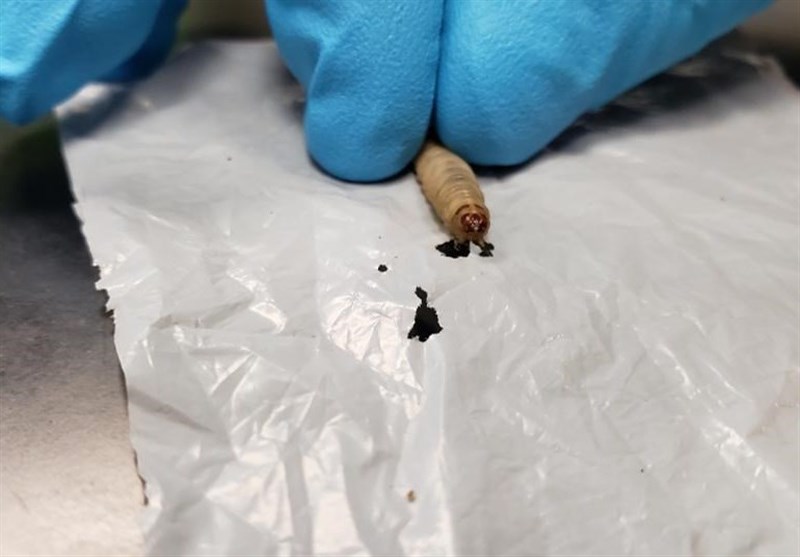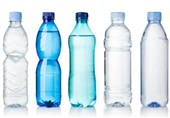Newly Discovered Wax Worms Can Eat Plastic Bags, Excrete Alcohol
TEHRAN (Tasnim) – A team of European scientists may have found a unique solution to the plastic problem by discovering a common insect that can chew sizable holes in a plastic shopping bag within 40 minutes.
A study by Brandon University in Manitoba, Canada, has found that waxworms, which normally live in beehives and eat wax, also can survive on polyethylene—the kind of plastic used in shopping bags and elsewhere.
They owe this ability to their intestinal microbes, and excrete glycol after they’ve finished a meal of plastics. Scientists say they’re not sure yet what this glycol, a form of alcohol, could be used for, Forbs reported.
In the lab, 60 of the “mysterious” waxworms were able to eat more than 30 square centimeters of a plastic bag in less than a week, the researchers report.
This doesn’t mean that waxworms are the answer to the plastic problem. Researchers isolated a species of intestinal bacteria in the worms that was able to survive on plastic for more than a year as its only source of nutrients. But that didn’t work as well as letting the worms munch away on their own.
Dr. Christophe LeMoine from Brandon’s Department of Biology says “it seems that there is a synergy between the bacteria and their waxworm hosts that accelerates plastic degradation.”
Dr. Bryan Cassone, who co-authored the study with LeMoine in the Proceedings of the Royal Society B biology journal, adds: “The plastic pollution crisis is far too big to simply throw these caterpillars at.
“What our research is trying to figure out is how the waxworm and its gut bacteria work together to allow such efficient breakdown of plastic. Once we figure this out, we can use the information to design better tools to eliminate plastics from our environment.”
Waxworms are the caterpillar larvae of the greater wax moth; the moths don’t eat a thing after they emerge from cocoons. “They are voracious feeders during the larval stages in order to build up enough nutrient reserves to subsist as adults,” Cassone says. “As adults, their main purpose is to reproduce and they only live a few days.”
The Brandon researchers found that the worms can survive on a sole diet of polyethylene. And eating that much plastic increased the microbes in their guts, suggesting that the bacteria love to digest plastic. The researchers have even dubbed the worms as “plastivores.”
“On its natural honeycomb diet, the excrement is solid but changes to a liquid on a plastic diet,” Cassone explains. “We haven’t really came up with a practical use for the glycol produced. Studies need to be done to figure out exactly what the glycol is and whether this alcohol can be harnessed.”
LeMoine and Cassone also are continuing to study how the waxworms and bacteria work so well together, along with students in the university’s Master of Science (Environmental and Life Sciences) program.
The plastic-eating abilities of waxworms have been identified before, in 2017 by university researchers in the UK, but “the contribution of its intestinal microbiome remains poorly understood and contested,” Brandon researchers say in an abstract. “In a series of experiments, we present strong evidence of an intricate relationship between an intact microbiome, low-density polyethylene (LDPE) biodegradation and the production of glycol as a metabolic by-product.”
Cassone adds: “Within the waxworm, the process occurs remarkably fast (within a day or so). We now need to know why this is the case—we are therefore trying to figure out the animal side of things and how it works with its gut bacteria.
“The hope is this information will allow us to develop tools to help get rid of plastic waste without the need for live waxworms, which is likely untenable for large-scale plastic waste removal.”






